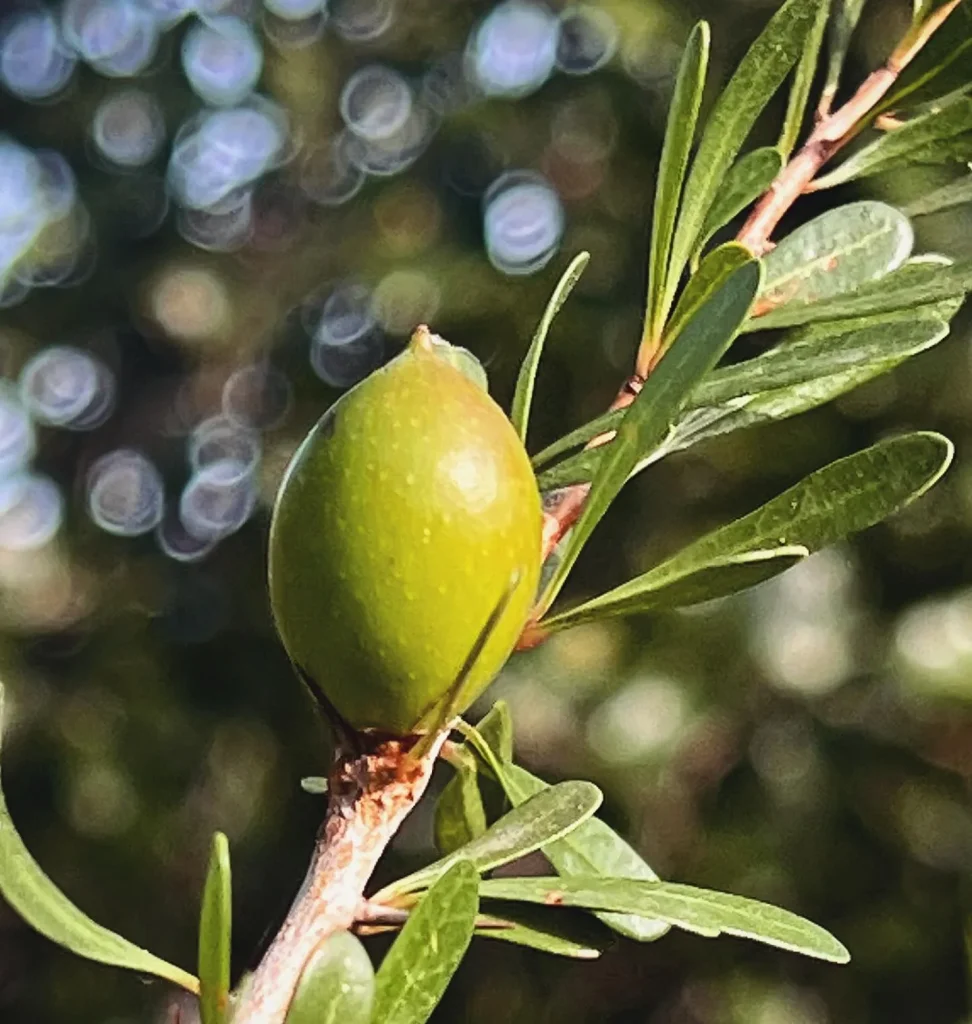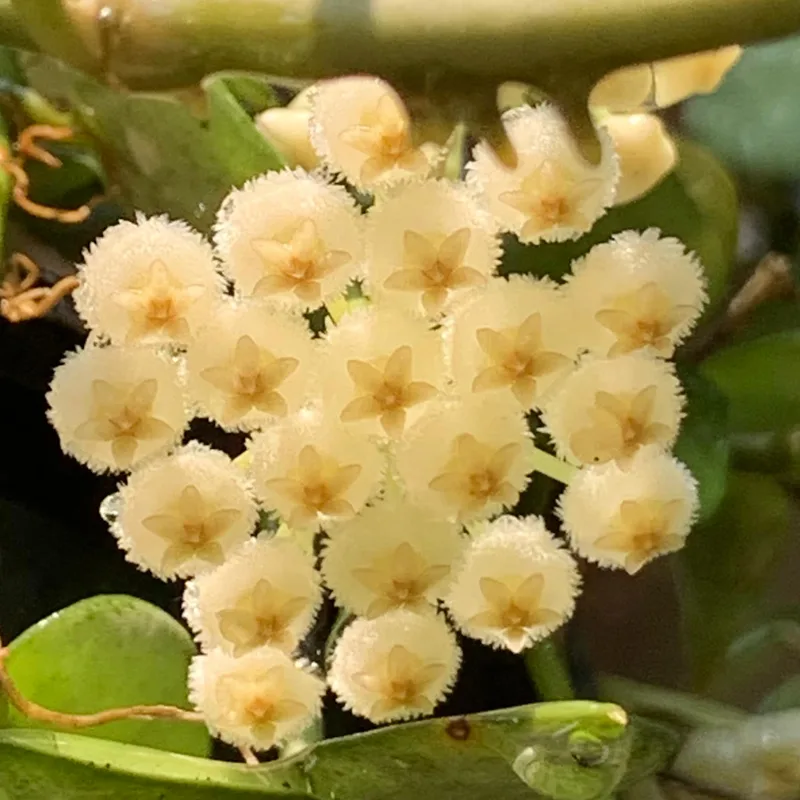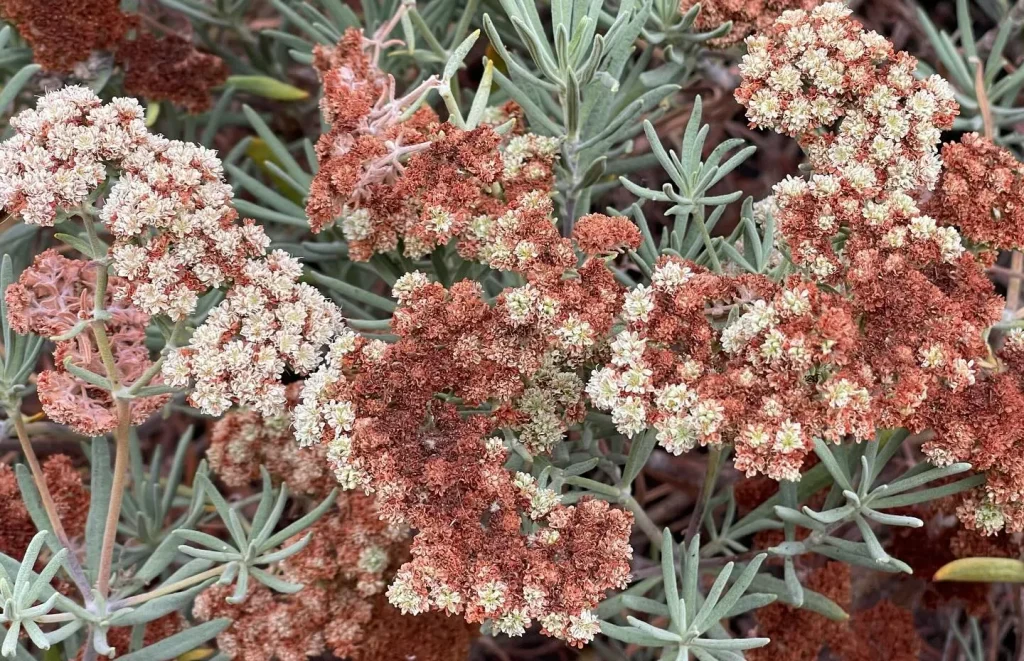
Lonicera Nitida: A Versatile Plant for My Garden
I’ve always been drawn to plants that offer a bit of everything. Lonicera nitida, also known as Wilson’s Honeysuckle or Box Honeysuckle, definitely fits that bill. With its dense, evergreen foliage and surprising pops of color throughout the year, it’s become a favorite in my garden. But before you rush out and plant one yourself, let’s delve into the nitty-gritty of caring for this attractive shrub.
162 Species in Genus Lonicera
Lonicera nitida vs pileata
I’ve found Lonicera nitida to be a fantastic choice for dense, low-growing ground cover with its glossy, small leaves, which make it perfect for creating a neat, evergreen border in my garden. On the other hand, Lonicera pileata has a more spreading habit with slightly larger leaves and a more relaxed growth, which works beautifully as a softer, more informal ground cover.
Is Lonicera Nitida Poisonous to Dogs?
This is a crucial question for any pet owner. Unfortunately, the answer is yes, all parts of Lonicera nitida are considered toxic to dogs. Ingestion can cause vomiting, diarrhea, lethargy, and even depression. If you suspect your dog has eaten any part of the plant, it’s important to contact your veterinarian immediately. For safety’s sake, I recommend planting Lonicera nitida in an area where your furry friends can’t access it.
How High Does Lonicera Nitida Grow?
One of the great things about Lonicera nitida is its versatility. Left unpruned, it can reach heights of around 3 meters (10 feet). However, this shrub responds well to pruning, allowing you to maintain it at a desired height. I keep mine at a manageable 1.5 meters (5 feet) for a neat and tidy hedge.
When to Prune Lonicera Nitida?
The best time to prune Lonicera nitida is in late spring or early summer, just after the flowering period has finished. This allows the plant to focus its energy on new growth throughout the rest of the growing season.
Can Lonicera Nitida Be Cut Back Hard?
Absolutely! Lonicera nitida is a tough plant and can handle a significant pruning. If your shrub has become overgrown, don’t be afraid to give it a good haircut. Just be sure to avoid cutting into any older woody stems, as these may not recover.
Does Lonicera Nitida Flower?
Yes, Lonicera nitida produces clusters of small, fragrant white flowers in spring. While not as showy as some other flowering shrubs, the delicate blooms add a touch of charm to the plant. The flowers are followed by small, bluish-black berries in the fall. Be aware that these berries can also be toxic to pets and children, so it’s best to remove them if you have them.
How to Plant Lonicera Nitida?
Planting Lonicera nitida is a relatively simple process. Choose a location that receives full sun to part shade and has well-drained soil. Dig a hole that is twice the diameter of the root ball and amend the soil with some compost or organic matter. Plant the shrub at the same depth it was growing in the container and water it well.
How to Prune Lonicera Nitida?
As mentioned earlier, pruning is an important part of caring for Lonicera nitida. Use sharp pruning shears to remove any dead, diseased, or damaged branches. You can also shape the shrub as desired by shearing the sides and top. Just be sure to avoid cutting into any new growth that you want to encourage.
How to Shape Lonicera Nitida?
Lonicera nitida’s dense foliage makes it ideal for shaping into topiary. Whether you want a simple sphere or something more elaborate, the possibilities are endless. Just be patient and take your time when shaping the plant. Remember, you can always remove more, but you can’t put it back on!
What to Plant With Lonicera Nitida?
Lonicera nitida’s versatility allows it to be paired with a variety of plants. For a colorful contrast, consider planting it alongside flowering shrubs like azaleas or rhododendrons. It also works well with ornamental grasses or perennials that provide texture and interest.
Is Lonicera Nitida Poisonous?
While the berries and all parts of the plant are toxic to dogs and other pets, Lonicera nitida is generally considered safe for humans to handle. However, it’s always a good idea to wear gloves when pruning to avoid any skin irritation.
With its beautiful foliage, attractive flowers, and ease of care, Lonicera nitida has become a valuable addition to my garden. By following these simple tips, you can enjoy this versatile plant in your own outdoor space. Just remember to keep it out of reach of curious pets and enjoy the beauty it brings!
If i die, water my plants!



